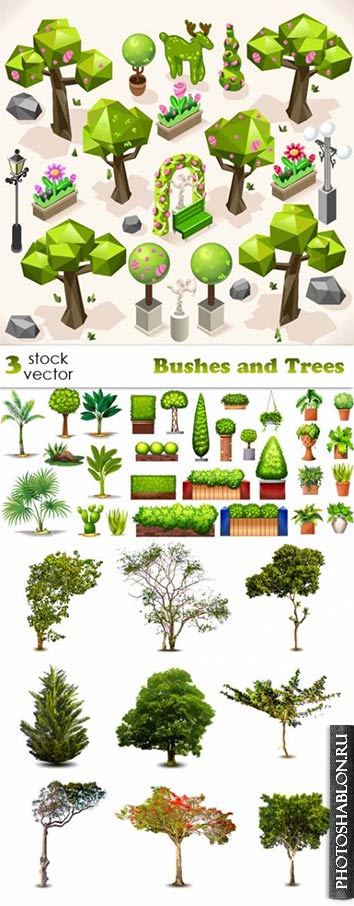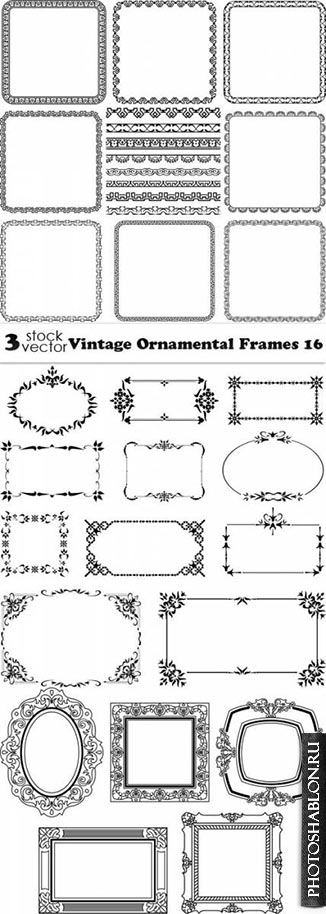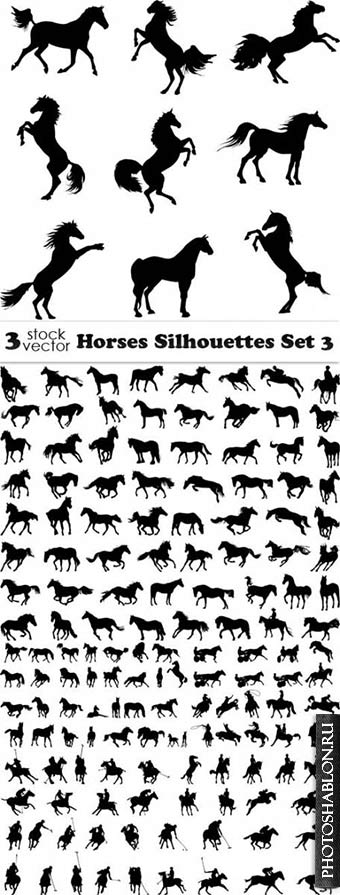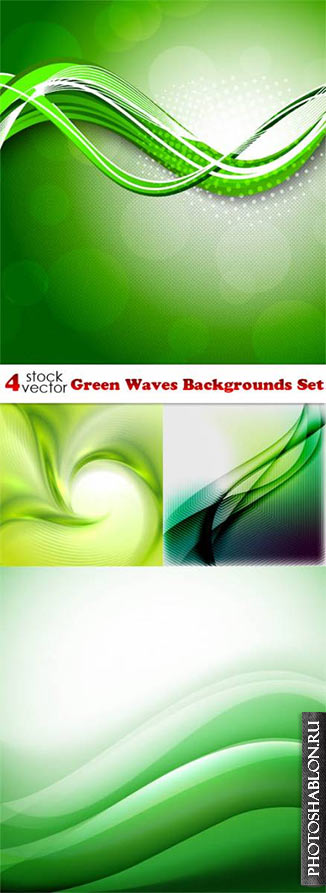
Vectors - Logotypes with People 3
3 AI+TIFF | 56.07 Mb
|

Vectors - Awards and Medals 4
3 AI+TIFF | 77.1 Mb
|

Векторный клипарт - Свадьба, жених и невеста / Vectors - Silhouettes of Wedding Couples 2
3 AI+TIFF | 42.52 Mb
|

Vectors - Cartoon Business People 9
3 AI+TIFF | 64.39 Mb
|

Векторный клипарт - Кусты и деревья / Vectors - Bushes and Trees
3 AI+TIFF | 76.62 Mb
|

Vectors - Vintage Ornamental Frames 16
Формат: AI (+TIFF Preview) | Количество: 3 | Размер: 51 MB
|

Vectors - Real Estate Logo Set 16
Формат: AI (+TIFF Preview) | Количество: 3 | Размер: 56 MB
|

Векторный клипарт - Лошади / Vectors - Horses Silhouettes Set 3
Формат: AI (+TIFF Preview) | Количество: 3 | Размер: 49 MB
|

Vectors - Green Waves Backgrounds Set
Формат: AI (+TIFF Preview) | Количество: 4 | Размер: 93 MB
|

Vectors - Ornamental Seamless Borders 3
Формат: AI (+TIFF Preview) | Количество: 3 | Размер: 66 MB
|
|
Векторная графика, в отличие от растровой, строится не на основе сетки пикселей, а на математическом описании геометрических объектов - линий, кривых, многоугольников. Это позволяет векторным изображениям масштабироваться до бесконечности без потери качества, оставаясь четкими и гладкими даже при многократном увеличении. Каждый элемент в векторном изображении - это независимый объект, который можно редактировать отдельно, изменяя его цвет, форму, размер, положение, и т.д. Это делает векторную графику идеальным выбором для создания логотипов, иллюстраций, шрифтов, и других изображений, где важна четкость и масштабируемость.
Одним из ключевых преимуществ векторной графики является её компактность. Поскольку векторные изображения описываются математическими формулами, а не информацией о каждом пикселе, файлы обычно значительно меньше по размеру, чем их растровые аналоги. Это особенно важно для веб-графики и анимации, где размер файла напрямую влияет на скорость загрузки страницы и производительность. Кроме того, векторные файлы легче редактировать и обновлять, поскольку изменение одного объекта не требует повторной обработки всего изображения, как в случае с растровой графикой.












